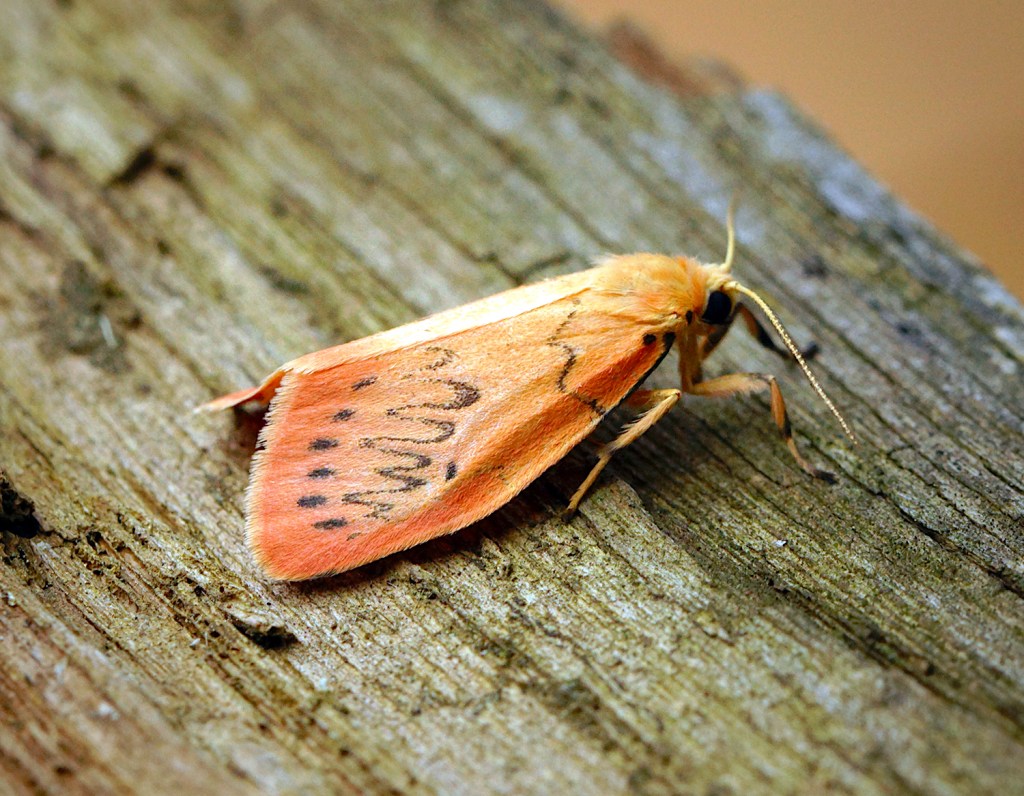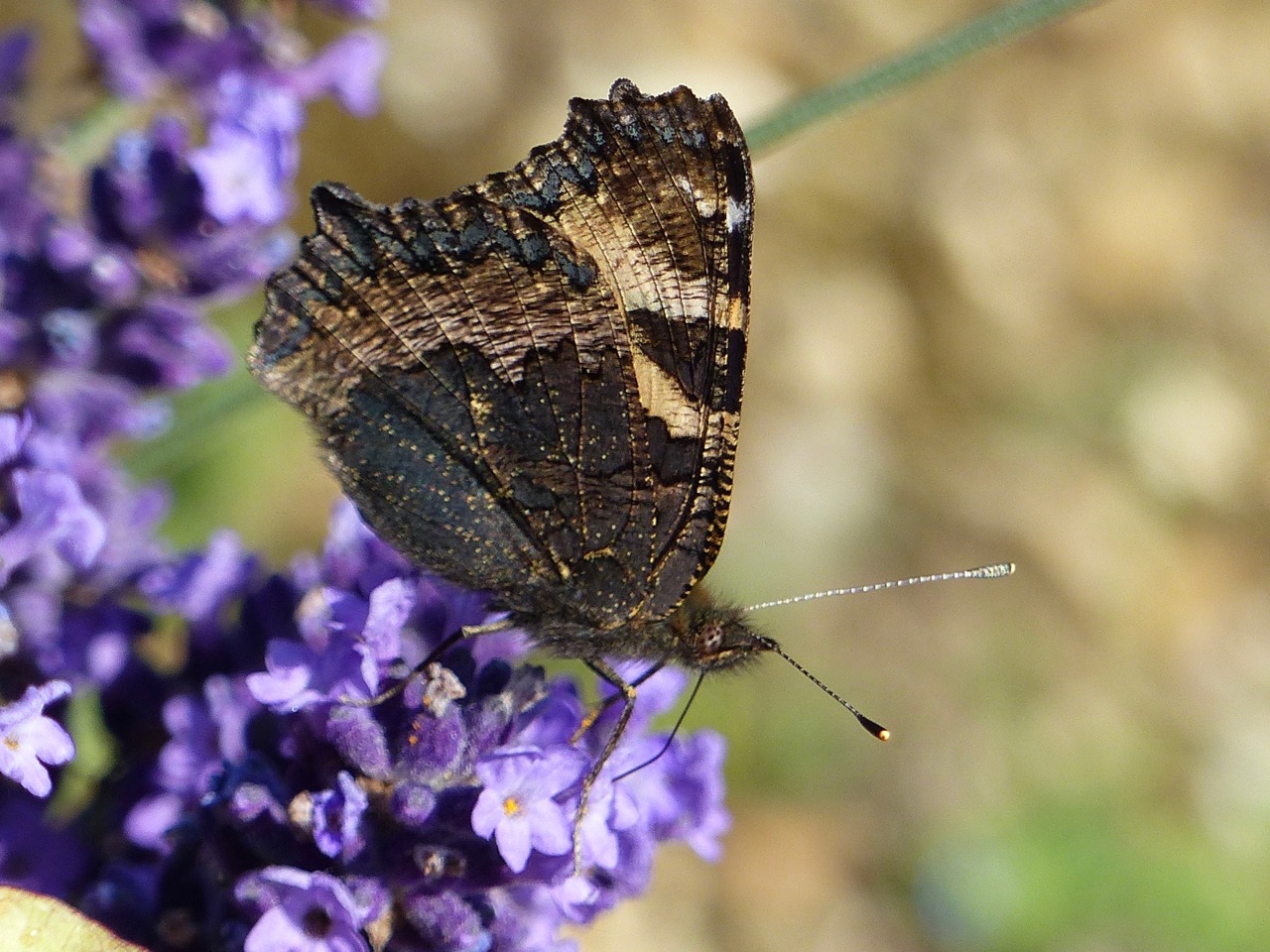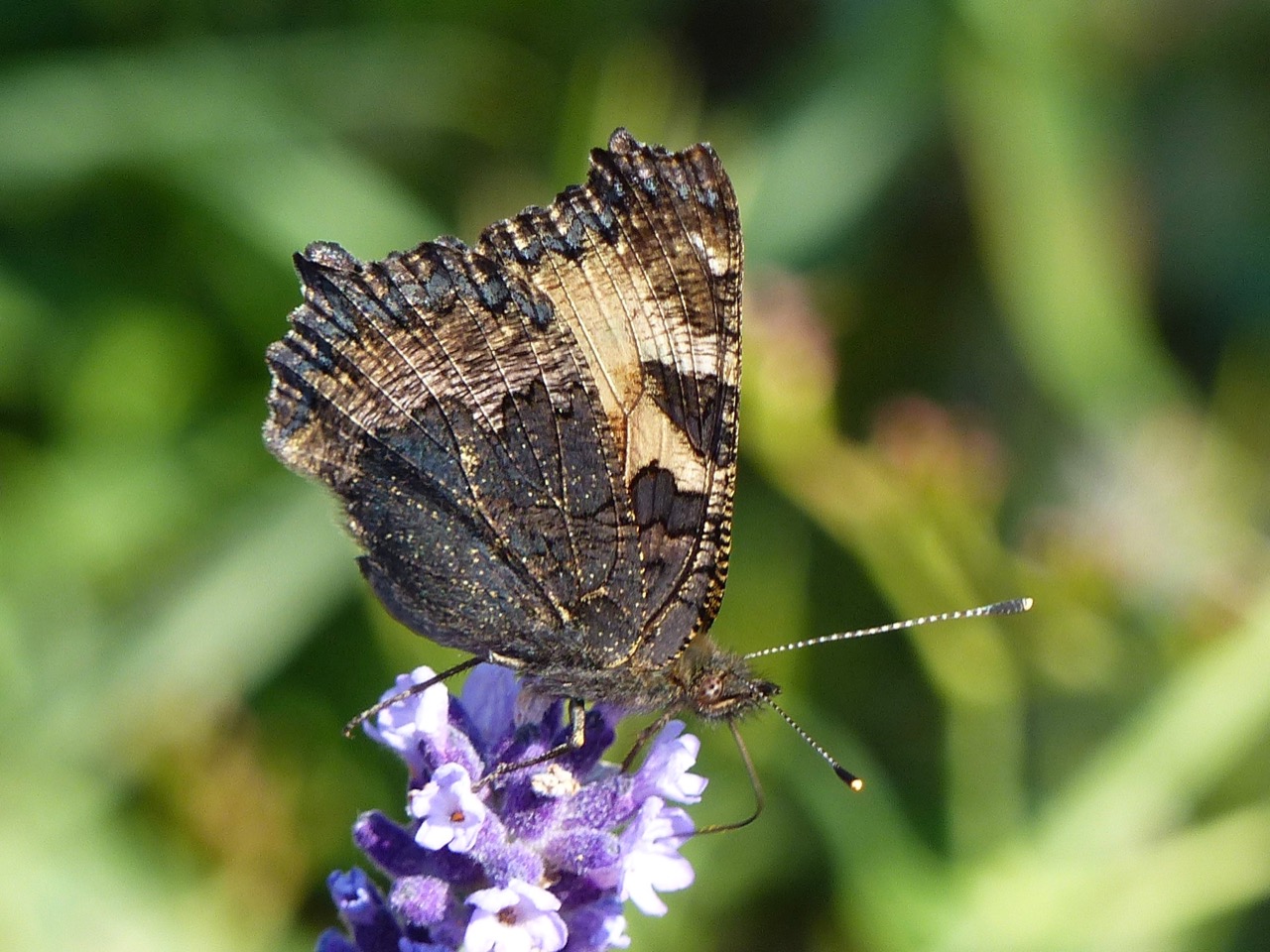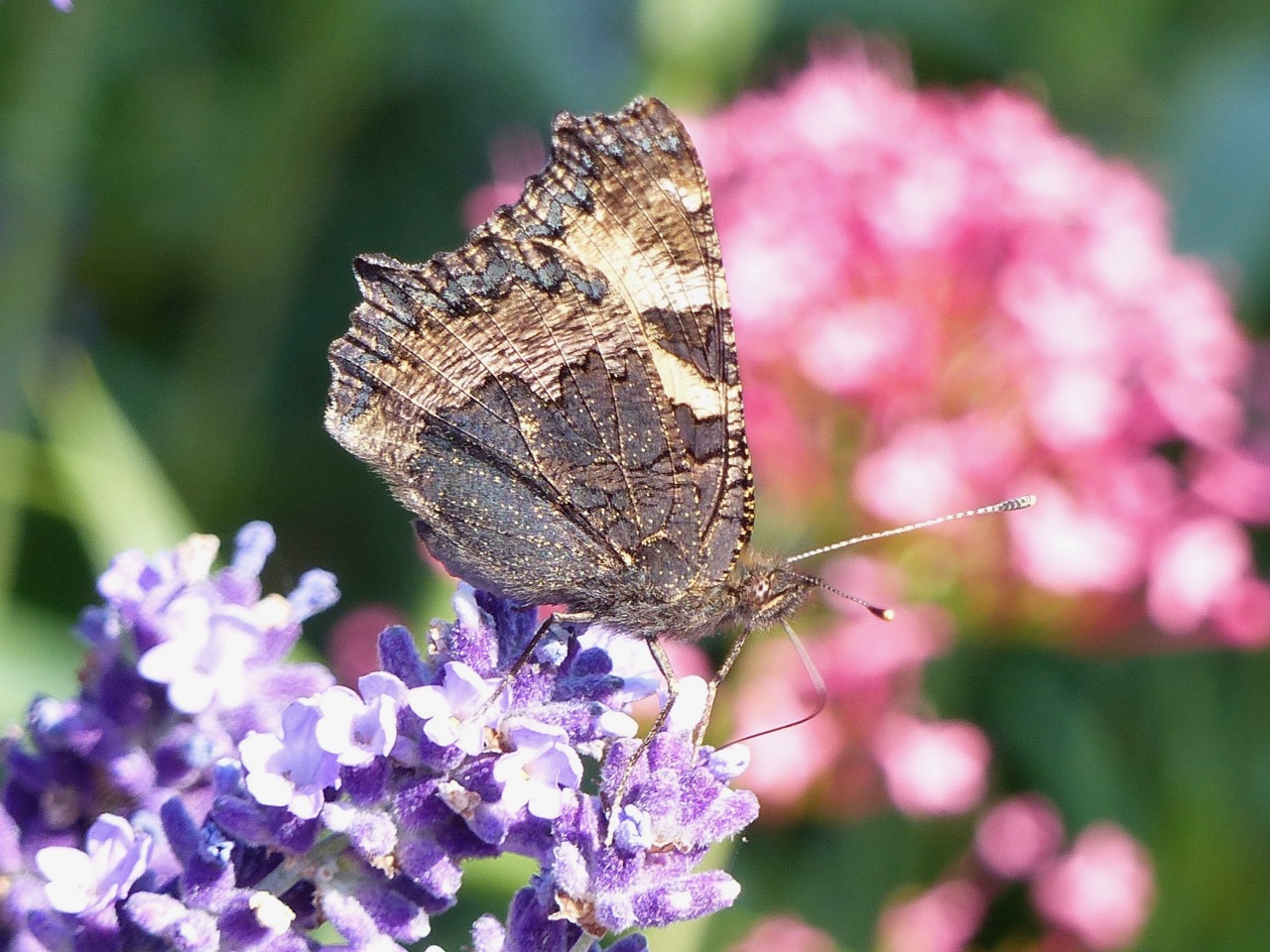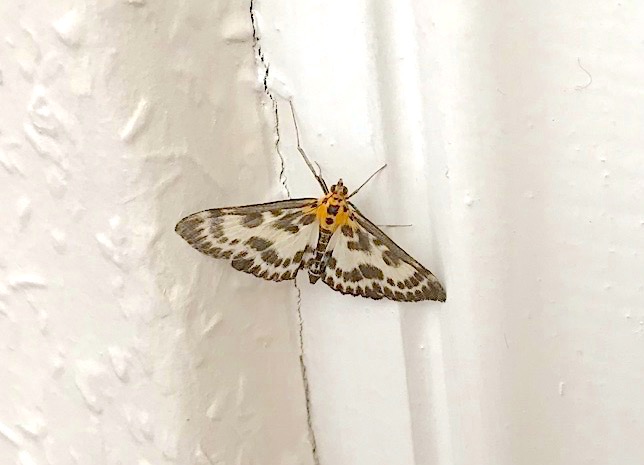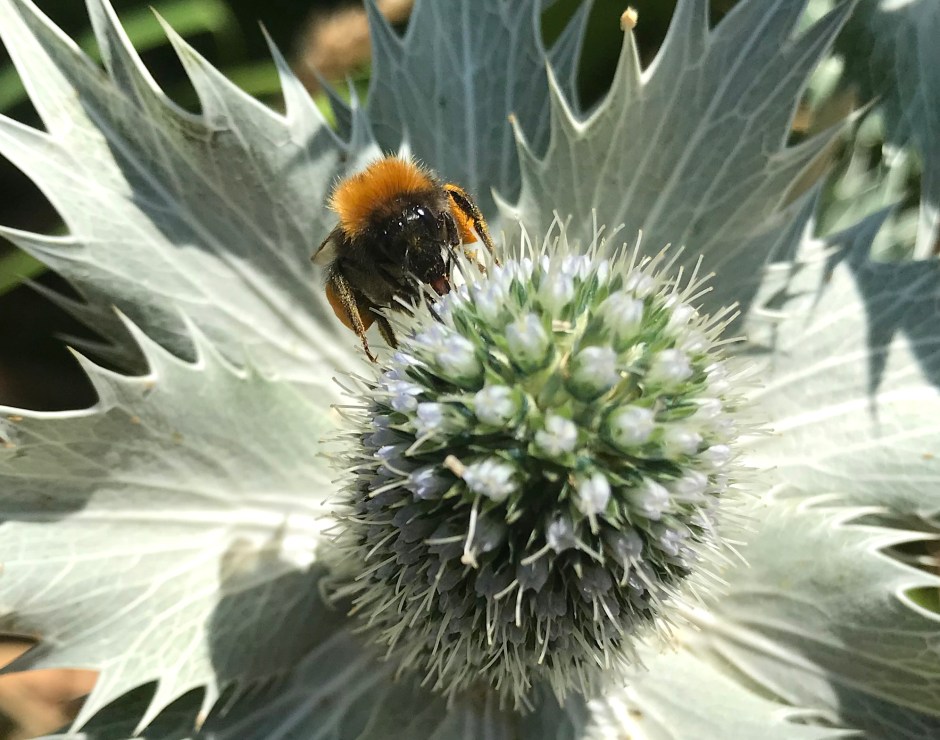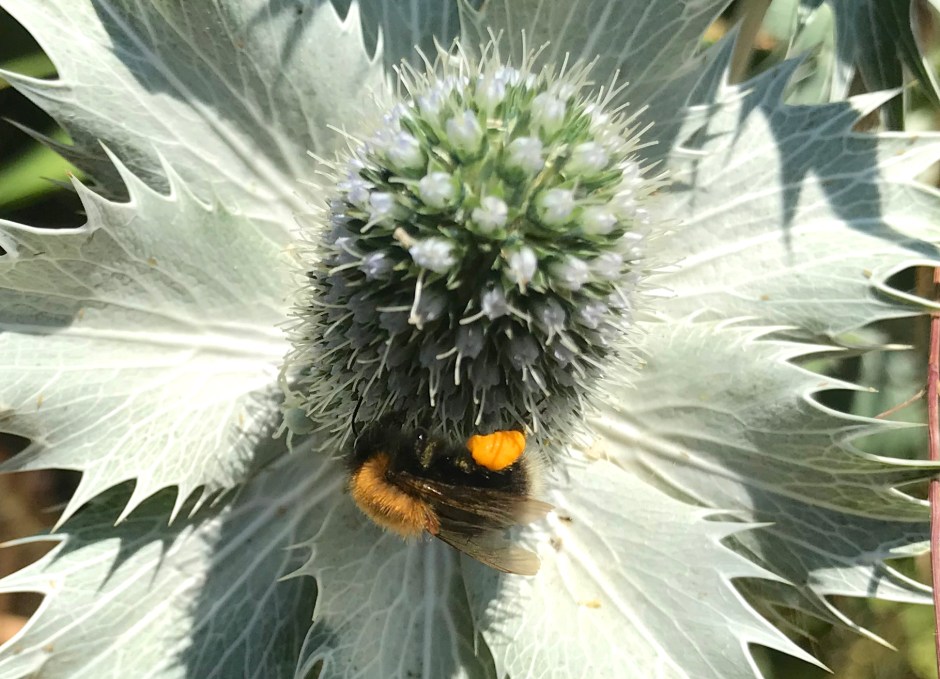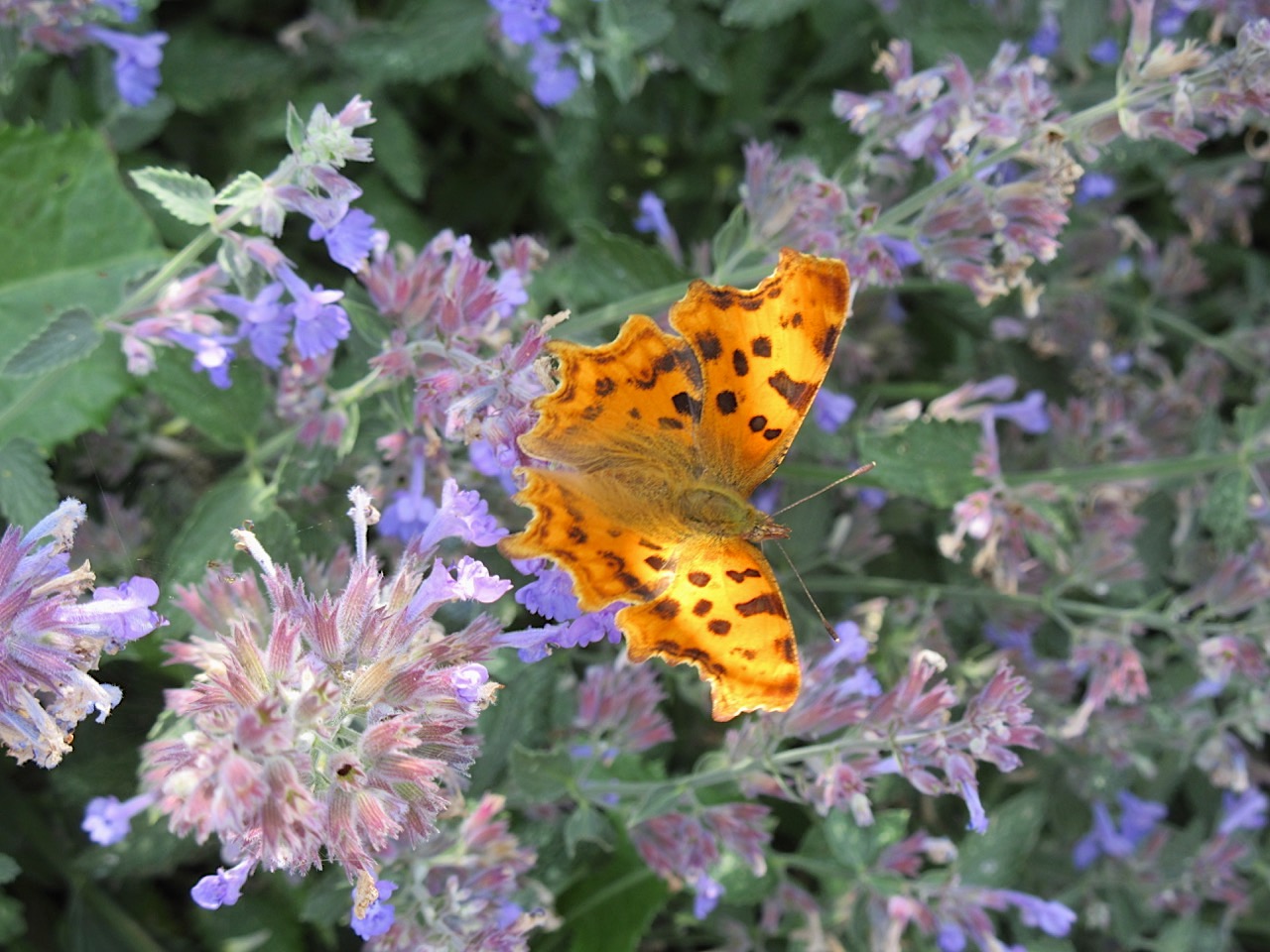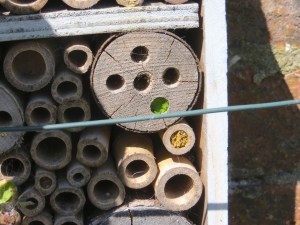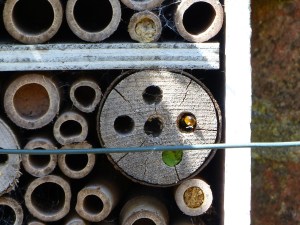
Category: INSECTS
ROSY FOOTMAN MOTH Miltochrista miniata
TORTOISESHELL
RED ADMIRAL BUTTERFLY STUDIES (WINGS CLOSED)
Red admiral butterflies – God’s gift to amateur photographers, including myself. Colourful, prolific, simple to identify, usually within easy camera reach. All very well, but sometimes they are so busy feeding that the colourful topside is kept hidden. These images from Dorset attempt to show that closed-wing images of feeding red admirals have the interest if not the good cheer factor of the popular view. See what you think…
SMALL MAGPIE MOTH, DORSET
I posted about the MAGPIE MOTH quite a while ago. Now I’ve come across its junior cousin, the small magpie moth. This one was in a hard to photograph corner (especially with an iPhone), and the images are neither good nor varied (it stayed completely still). But it’s another species to add to the list. Unlike the large magpie, the small variety has no yellow band across the wings,
BOMBUS HYPNORUM: A TREE / GARDEN (& HOUSE) BEE
 I watched this small bee as it circled round the flower, busily filling its already bulging bright yellow saddlebags. We are fond of these little bees, which were introduced to the UK (or perhaps simply spread here) quite recently and have made themselves at home. They are one of two bee species that have chosen to live inside our house.
I watched this small bee as it circled round the flower, busily filling its already bulging bright yellow saddlebags. We are fond of these little bees, which were introduced to the UK (or perhaps simply spread here) quite recently and have made themselves at home. They are one of two bee species that have chosen to live inside our house.
The location varies from year to year, but for about 3 months a year over the last few years there has been gentle bee-chatter going on in the roof-space above our bedroom, or in an old wall cavity between 2 rooms.
This year the tree bees decamped to the roof-space above the kitchen; and a splinter colony has recently set up a buzzing plant-produce stall in a cavity above the front porch, no doubt to the surprise of the bats that hang out there.
 You may have noticed that the bee featured here is carrying a tiny passenger, a mite, that you can see in some of the images (eg the header image). There’s a small story about these photos. I own ‘beloved camera’, ‘unreliable camera’, ‘snappy camera’ and an iPhone. **
You may have noticed that the bee featured here is carrying a tiny passenger, a mite, that you can see in some of the images (eg the header image). There’s a small story about these photos. I own ‘beloved camera’, ‘unreliable camera’, ‘snappy camera’ and an iPhone. **
When I first saw this little bee, I had ‘unreliable’ with me (‘beloved’ being 125 miles away). It is a martyr to light sensitivity, with an annoying ‘satirical’ take on focus. Reader, I rattled off 20 shots. Then I deleted every one of them. Quickly throwing the camera behind a wall in disgrace, I reached for my phone in desperation to catch the bee at work in the sunshine. Here are the results, with a level of clarity that only ‘beloved camera’ could have matched.
** There was ‘hated camera’ too, a DSLR that I never mastered and eventually sold back to the place I bought it for a fraction of the original cost. They saw me coming…
OXFORD COMMAS: GRAMMATICAL LEPIDOPTERA

This is a Comma butterfly that happens to have been photographed in Oxford. There are plenty about right now – I’ve been seeing them in London, coastal Sussex and Dorset. This one in Oxford was enjoying Nepeta (catmint), and providing a lazy excuse to reference the seemingly interminable ‘Oxford Comma’ grammar debate – the question whether, in a list of items, a comma is mandatory before the eventual ‘and’. See below (if you can be bothered in all this hot weather / while the World Cup is on).
“I love my parents, Jesus Christ and Lady Gaga”. Does this make any kind of sense? No. Exactly. You are not the progeny of Christ and a self-enobled and cannily bonkers popular singer. You need a comma before the ‘and’ for the sentence to make sense. Only then are you clearly loving each of those specified independently. I rest my case.
BOX TREE MOTH: SEEK AND DESTROY…
BOX TREE MOTH: SEEK AND DESTROY…
Here’s a moth species new to me, that I couldn’t locate on any UK Moth ID site. Then I found out why. The Box Tree Moth Cydalima perspectalis is native to East Asia. It’s an introduced species to Europe, first recorded as recently as 2006 in Germany; 2008 in UK; and nearly everywhere else since. It thrives on Box Buxus colchica, and to an extent the species may have spread with exports of the bush. And it’s plainly a busy reproducer… and now it’s here, it’s probably a stayer.
A few days ago we had one in the kitchen (bonus points for recognising the cookery book it chose to land on). I took some quick photos for ID, failed to find a match online, and resorted to the excellent Moths UK FB page, where mothmaticians quickly respond to images uploaded for ID. I later found out that one of our sons has had two infestations this summer, resulting in total loss of two small rows of box.
The moth lays its eggs on the undersides of Box leaves. The caterpillars feed so rapaciously on the leaves and shoots that they may simply destroy the entire plant. And there are two or three generations gorging each season. Furthermore, there are no natural predators (such as the Asian wasps that target the larvae in their native lands). Maybe in time that will change, with birds and other predator species learning a taste for the things.
There’s also a quite different brown morph / colour variant of the Box Tree Moth to contend with, which I imagine is just as effective in destroying the host plant.
There are apparently various methods of dealing with the problem, mainly involving chemicals, bacteria, nematodes, and pheremone traps. All seem to require intensive repeat applications. Some of these solutions may presumably have an adverse effect on other wildlife.
As far as ‘mistake’ species are concerned, the ones that have accidentally (or through escape or deliberate release) colonised places far from where they belong, I reckon a case-by-case approach is needed. Harmless to humans, other life-forms, ecology and the environment? Bring them on. Harmful in any of those respects, parasitic, fast-spreading, predator-proof, potentially ineradicable? Expunge them ruthlessly.
I take one of these views about the Box Tree Moth. Look out for the eggs, the caterpillars, the imagos. Report them. Or DIY. A box bush might be a good place to start.
Top 3 photos from the kitchen; the others thanks to Wiki. There’s a mass of stuff on these critters and their little ways online if you want to find out more. Not trying to be controversial here, btw, but I’d be surprised if you can’t name half a dozen species of animal, bird and plant that are invasive to the UK / Europe, damaging to the new host territory – and would be best eradicated.
TWO-TAILED PASHAS & FOXY EMPEROR BUTTERFLIES
We were sitting having a picnic on the low wall surrounding a small hilltop church in the eastern Pyrenees, when I caught sight of this wonderful creature. A marital ‘no computer’ pact and limited wifi possibilities for a phone meant that ID was frustratingly delayed.
This butterfly turns out to have the wonderful names Two-tailed Pasha or Foxy Emperor (Charaxes jasius). Frankly either name is exotic enough to stick in the mind, but I think I prefer the Pasha. Because the creature was on a tree beyond the parapet, there was no chance I could get near enough for a close-up, so I had to resort to zooming in at various angles and magnifications, and hoping for the best.
I kept hoping the butterfly would move without going to the extreme of flying away. An open wing shot would have been great to get, but it was not to be. Here’s what the upper wings look like. Having found the image, I realised at once that we saw one or two of the same species on the wing elsewhere, but they were too busy to pause for a photograph.
These are butterflies of Africa, but they are also found on the southern fringes of mediterranean Europe. Apparently they like maquis-type scrub country or (clearly) the similar garrigue terrain where we were. They also like some height, although we were only about 1500 ft ASL.
MEGACHILE CENTUNCULARIS: LEAF-CUTTER BEES IN DORSET
This is the first year that leaf-cutter bees have discovered the bee box placed invitingly on a south-facing wall – and only in the last month. Or maybe they had and didn’t like the box. Or the other occupants. Anyway, quite soon they had tenanted the remaining holes in the prestige penthouse log. 
Last week, the LCBs were quite active, so from time to time I watched them. The first one was completing its work in the top-right log on the lower storey. Having packed in the leaves, it spent quite some time perfecting the job, leaving a smooth end to the bright green plug.
Later on I saw a bee engaged in an earlier stage of construction. It chose the same log, and initially went for the middle hole, disappearing with a strip of leaf. It then revised its accommodation plans, reversed out with the leaf and took it to the adjacent hole.
I found the bees surprisingly difficult to photograph. I had to change cameras to a ‘faster’ one, because a bee would zoom back to the hole with its leaf and dive straight in, dragging the leaf behind it; and emerge suddenly and fly off at speed. Sometimes there was a struggle to get the leaf into the hole, which helped take a shot; or I could see the bee pause in the dark but quite close to the entrance before flying off. But mostly, the comings and goings took me by surprise every time, even though I was ready for them…
I checked the plants in the vicinity for the tell-tale semi-circles cut out of the leaves. They seem to have liked a nearby rose and another plant whose name I forget (if I ever knew). They use saliva to glue the cuttings together to build the cells for their larvae. The larvae have a safe place to hatch and develop. They pupate in the autumn and hibernate during the winter. Now that the leaf-cutters have found the box, we are hoping that next year the new generation will go through the whole process again. And that I will be more handy with the camera.
NOTE: I see that these bees are often called Leafcutter bees, or Leaf Cutter bees, whereas I have plumped for a hyphen. I’m going (having retrospectively checked) with the Natural History Museum’s version…

